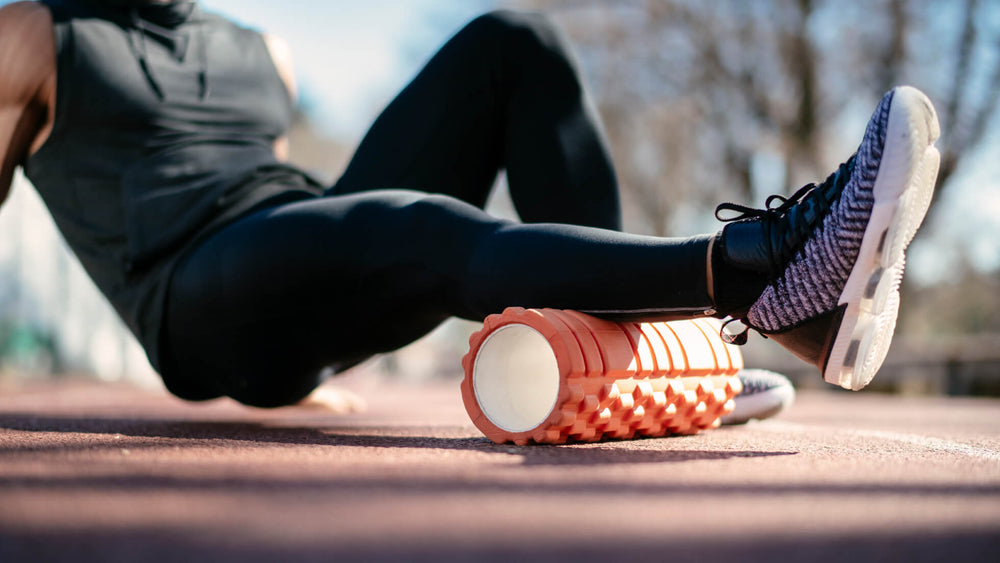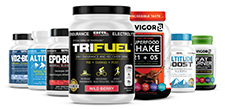Are All Sugars Created Equal? A Guide for Athletes

When you’re staring down a 50-mile ultra or a century ride, the right sugar can mean the difference between cruising in the pack and getting dropped. From pure maple syrup packets to high-fructose corn syrup in your favorite powdered drink mix, each sugar source comes with its own list of pros, cons, and quirks. Here’s everything you need to know so you can decide the which kind of sugar is the best choice for you.
Understanding the Sugar Spectrum
Sugars fall into two main buckets: monosaccharides (glucose, fructose) and disaccharides (sucrose). How they’re processed and combined dictates their taste, digestion rate, and fueling potential.
Table Sugar (Sucrose)
- 50% glucose + 50% fructose
- Rapid energy but can spike insulin
- Ubiquitous and ultra-cheap
High-Fructose Corn Syrup (HFCS)
- Varies (42–55% fructose)
- Very sweet, low cost, common in mass-market sports drinks
- Excessive fructose can stress the liver and gut at high doses
Honey
- 38% fructose, ~31% glucose, plus trace antioxidants and minerals
- Natural antibacterial properties; soothing on a sore throat
- Can crystallize in cold conditions; heavy on volume and weight
Maple Syrup
- 65% sucrose, plus minerals like manganese and zinc
- Antioxidant-rich and creamy flavor
- Pricey, bulky, and shelf life limited once opened
Maltodextrin & Dextrose
- Common in gels and powders
- Maltodextrin (polysaccharide) spikes blood sugar less sharply
- Dextrose (pure glucose) fuels muscles fast
Digestibility and Energy Release
Not all sugars behave the same under exertion. Fructose must convert in the liver before reaching muscles, whereas glucose heads straight into your bloodstream.
- Glucose-rich sources (dextrose, maltodextrin) deliver a quick energy surge, ideal for late-race kickers.
- Fructose-rich sources (HFCS, honey) top up liver glycogen and can be combined with glucose for dual-pathway absorption.
- Sucrose sits in the middle but may cause GI upsets if taken in large amounts.
Tip: Many gels (e.g., GU, Clif Shot) and drinks (e.g., Tailwind, Skratch Labs) blend maltodextrin and fructose in a 2:1 ratio to maximize absorption (up to 90 g carbs/hr).
Allergies and Sensitivities
While most sugars aren’t true allergens, additives and processing can trigger reactions:
- Honey: Potential for pollen traces—beware if you have severe pollen allergies
- Maple Syrup: Rare, but tree-sap extraction can introduce mold spores if not stored properly
- HFCS & Processed Sugars: Often combined with preservatives or colorings—check labels if you’re sensitive to additives
Portability: Fuel on the Move
Endurance events demand convenient fueling:
- Gels & Chews: GU, Honey Stinger, Clif Bloks (maltodextrin + fructose, honey)
- Bars: Clif Bar (brown rice syrup + cane sugar), Honey Stinger Waffles (honey-based), Larabar (dates + nuts)
- Drinks: Gatorade (sucrose or HFCS), Tailwind (maltodextrin + sucrose), Skratch Labs (real cane sugar + dextrose)
Which Sugar Wins?
There’s no one-size-fits-all answer, but here’s a quick decision tree:
- Budget & Simplicity: Go with table sugar–based powders or syrup in homemade drinks.
- GI Comfort & Dual-Pathway Absorption: Choose maltodextrin/fructose blends in gels or drinks.
- Natural & Antioxidant Boost: Pack honey sticks or real-food bars with honey and maple syrup.
- Long Races (3+ hrs): Aim for 60–90 g carbs/hr using multiple sugar types to minimize gut distress.
All sugars feed your engine, but their source shapes how fast, and how comfortably that energy arrives. You’ll want to mix and match based on factors like how long your race is, your personal stomach tolerance, and flavor preference.
FAQ: Best Sugar for Endurance Athletes
Q1: Can I use pure maple syrup during a race?
Yes, but pack it in leak-proof gel flasks and test in training—its thick consistency can clog small openings.
Q2: Is high-fructose corn syrup bad for performance?
In moderation and in blends, HFCS fuels well. Pure HFCS loads can overwhelm your liver and gut if you exceed ~30 g fructose/hr.
Q3: How do I combine sugars for optimal absorption?
Look for a 2:1 glucose:fructose ratio—most gels and powders you find at running stores, bike shops, or your local outdoor store adhere to this standard.
Q4: Are real-food sugars worth the extra weight?
If you thrive on natural flavors and antioxidants, honey and maple can be morale boosters—but balance with lighter powders for high-volume needs.
Take the next step in your training regimen: Try any BRL Sports supplement risk-free! If our natural nutritional products aren’t the best you’ve ever used, simply return your purchase for a 100% refund — no questions asked!
Also in Inspiration & Perspiration

High Altitude Supplements: Complete Guide to Training & Prevention (Altitude Sickness Solutions)
Support endurance and reduce altitude stress with supplements that improve oxygen efficiency, stamina, and recovery in high-altitude conditions.

Best Supplements For Runners: Complete Guide By Training Phase (Base, Peak, Taper & Race Day)
Discover the best supplements for runners by training phase—base, peak, taper, and race day—to boost endurance, recovery, and performance.

Creatine for Endurance vs. Sprint Efforts
Creatine isn’t just for power—learn how it boosts sprint speed, recovery, and endurance performance.


